A monstrous head, eyes in the corners of a huge mouth, no hear lugs, just a hole in the head for the nostrils. Here is Mr. Whale's profile. When he opens his mouth, a cavernous void appears which can contain an adult African elephant. Without teeth. Long, fine and full-bodied mustache, hanging on both sides of the mouth.
On Mr. Whale's huge lower lip is his huge, velvety tongue. The three-meter-long mustache in the mouth is hard and flexible. When you breathe deeply, you are not breathing through your mouth. Air flows directly to the lungs through the valves in this hole in the head. Do you want to know more? So instead of following the approach by which food is taken, let's take a step back and look at this vast creature in a more comfortable position.
In our mind, the word "whale" is usually associated with something huge. But there are smaller whales, better known as dolphins and porpoises. The warm-blooded mammals that breathe the air, navigate with their fins and are moved by powerful fins, all this fascinating order of creatures from five hundred to thirty meters long, weighing from 100-150 tons, is called " Cetacea ".Some with teeth are called "Odontoceti", while others have a mustache instead of teeth and are known as "Mysticeti".
Toothless whales
The specimen already described is the Greenland right whale or the right whale, which frequents the North Pacific and the North Atlantic. About a third of its length is occupied by its head. It is closely related to another toothless wonder, the blue whale, the largest of all mammals, alive or extinct. A newborn calf with a blue whale can be over six meters long. A model of the adult blue whale, made of polyurethane meat on a steel skeleton, covered with fiberglass skin, was a special exhibition in the Mammal Biology Hall of the Natural History Museum in New York for several years.

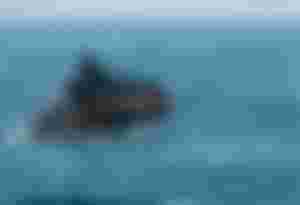
The internal whiskers of these gigantic creatures, aptly called "beards", are called whale bones. It's not really bony, it's basically like hair. The Japanese call this a hige or mustache. Its use has been replaced by synthetic products in corsets and other factories. However, it is still used as a bristle in some types of industrial brushes.
The fat overcoat of the edentulous whale, a thick layer of rubber under the skin as thin as a paper, allows it to maintain a body temperature similar to that of humans. The fat, which produces 50 to 80% of its weight in edible oil, is converted into fat, soap and other kitchen products.
The whaling industry greatly affects these toothless whales. For example, the three Japanese whaling fleets returned last year, after four months in Antarctica, after capturing their share of 1,493 blue whale units. One unit equals one blue whale or its equivalent in two skinny whales, two humpback whales and a half or six skinny whales.
Whales with teeth
Until the early 18th century, whalers began to pay attention to another variety of whales, the irregular variety, especially the sperm whale. In 1846, over 700 Yankee whale boats went hunting, eager to share the profits of this creature's immense shell: its tons of oil, valued as illuminants, and the clear and colorless oil found in its whales. head. , from which the best quality wax candles are produced. Now, however, sperm oil is used in several ways: to laminate steel, leather for clothes, large fabrics and in special lubricants, wax, soap, detergents and cosmetic compositions.
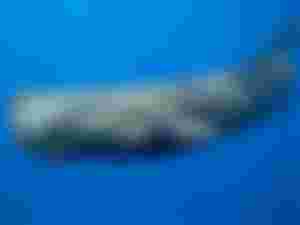

Ambergris is another sperm whale product. Sometimes floating in the ocean, sometimes on land, this waxy gray substance forms in the whale's stomach and intestines, probably due to some sort of irritation and the creature vomits. It has the consistency of a hard cheese, reminiscent of marble when cut and has a delicious aroma. It is considered an excellent fixative in the production of expensive perfumes.
In general, members of the whale family are harmless and fun. They are often observed while playing surface sports in schools, jumping or doing somersaults. The friendly curiosity of dolphins is well known. On the other hand, when injured and slamming desperately into the water, a large whale can endanger even a heavy ship.
The killer whale
The killer whale is an exception: it is not satisfied with plankton and other small calves in the ocean. He prefers to put his teeth on dolphins, porpoises, seals, penguins and sharks and will not hesitate to catch a piece of another large whale, even by tearing his tongue. They hunt in packs. They are known to destroy blocks of ice to obtain men or seals.

The Japanese call it shachi, using Chinese ideography that adequately combines the characters of "fish" and "tiger". It has a special place in its superstitions. In the distance, like the square head of a cow with short protruding horns, the models of a male and female shachi, with their lucky streaks in the air, overlook the top of the highest roof of the Japanese castle. The most famous of these pendants is on top of the Nagoya castle. They were built in 1959 to replace those destroyed by the castle during the Second World War. They are made of copper, coated with 560 18-karat gold flakes, at a cost of $ 78,000.
You can get an idea of the killer's appetite from the fact that fourteen seals and thirteen porpoises were found in the stomach of a twenty-one foot champion. It is the only cetacean that will feed on its own type or other warm-blooded mammals.
Whale characteristics
Tooth or toothless, all whales have food. Teeth are used only to collect food. Toothless whales move together with their mouths open and live mainly on Brit which cling to their mustaches. In the numerous chambers of the stomach, food undergoes a long period of digestion. In 1891, the English sperm whale James Bartlett was swallowed by a sperm whale. He was later cut from the wet grave alive and undigested.
Sight is not the exceptional feature of the whale. To "see", the whale relies heavily on its ears, as well as on the bat. The ears are behind the eyes, although they are not visible to the casual observer. An exclusive airbag system works dual. They act as acoustic insulators and also adapt to the external pressure of an entry and exit of blood. The sounds that enter the outer ear reach the eardrum and are carried by the inner ear. During the journey, the arrangement of the bones in the middle ear makes them highly amplified. Truly an invention of those who created those great sea monsters!
Another integrated whale safety measure comes into play when pressure is suddenly released when whales emerge. The man in these circumstances, exposed to this pressure change, should avoid "curves", a condition caused by the formation of nitrogen bubbles in the blood and tissues. The whale is wonderfully protected against "curves".
Unable to extract oxygen directly from the water, such as fish, the whale must rise to the surface to supply air every fifteen or twenty minutes. When you exhale, a "knock" is created that is visible from the sudden expansion and cooling of the air expelled through the exhaust port. Indeed, expert whalers can determine the type of whale based on the size, shape and angle of the "shot".
The struggle for existence
Due to the deadly effectiveness of modern whaling methods and the fact that only one calf is born at a time after a gestation period of eleven to fifteen months, the whale is losing the fight for survival. The international whale commission created in 1946 also fails to save the whale. Every year there is a drastic cut in the whale population.
The weapon's harpoon has given way to the harpoon fired from a barrel and is so constructed that it will explode in the target's head. Factory ships can catch and cut a whale in thirty or forty-five minutes. In the last 50 years,hundreds of these industrial ships operated over 60,000 whales, reducing them to 3700,000 tons of oil and 3000,000 tons of by-products. With all the modern equipment to detect and send the whale, what chance does it have?
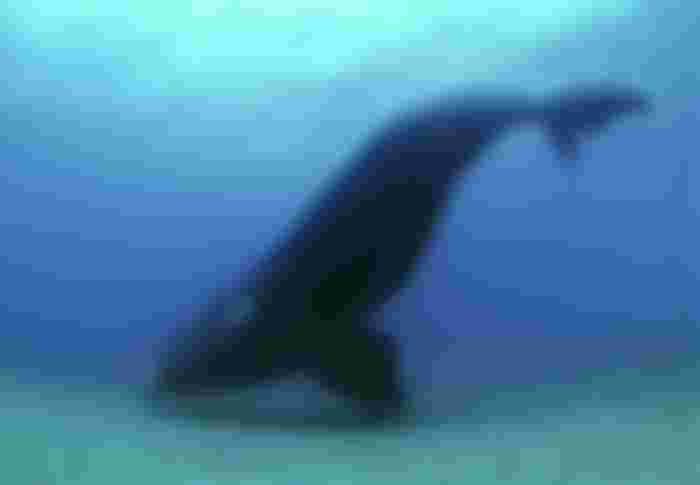
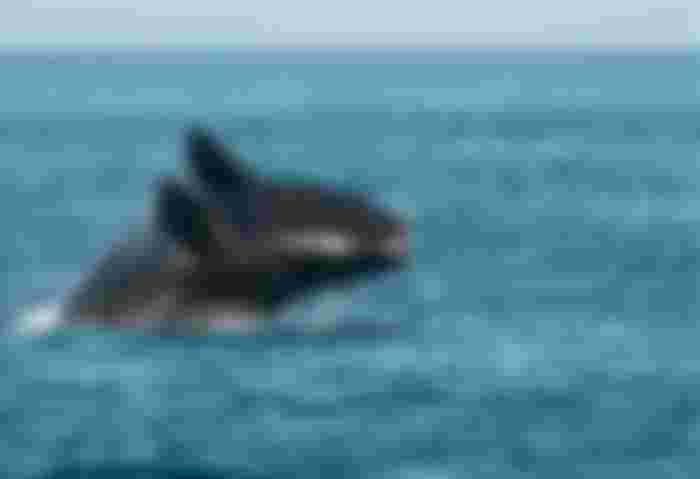
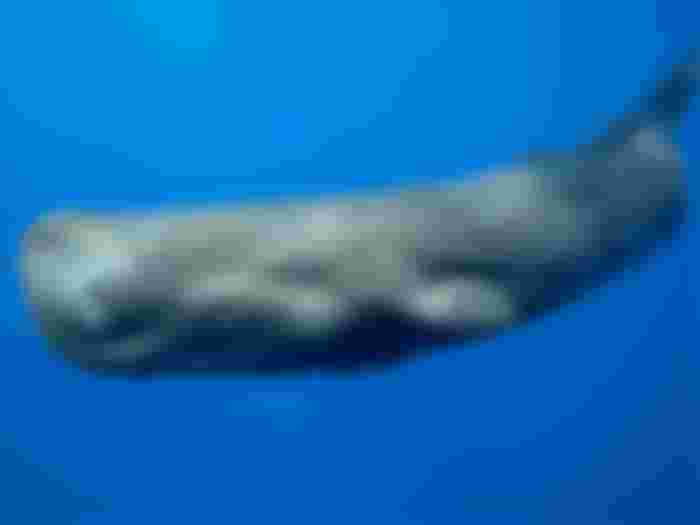


Never seen a whale in person but I am sure they are magnificent creatures. I heard they have activities like whale watching in Maldives